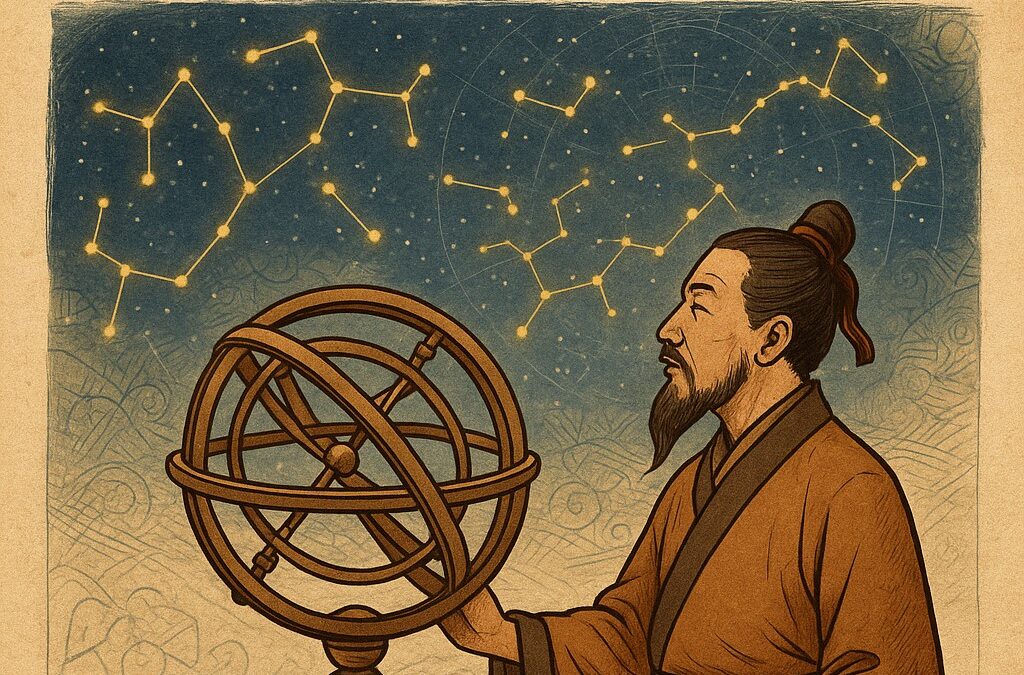Table of Contents
1. Introduction to Atomic Theory
2. Maharishi Kanada’s Atomic Theory
3. Democritus’ Atomic Theory
4. Aristotle’s Rejection of Atomic Theory
5. John Dalton’s Atomic Theory
6. J.J. Thomson’s Discovery of the Electron
7. Ernest Rutherford’s Gold Foil Experiment
8. Niels Bohr’s Atomic Model
9. Quantum Mechanics and the Modern Atomic Theory
10. Applications of Atomic Theory
11. Conclusion
As a science writer, I have always been fascinated by the origin and development of scientific theories. One such theory that has intrigued me for a long time is Atomic Theory. In this article, I will take you on a journey through the evolution of Atomic Theory, tracing its origins from the ancient Greeks to modern-day Quantum Mechanics.
Introduction to Atomic Theory
Atomic Theory is the scientific theory that explains the nature and behaviour of matter at its smallest level. It is based on the idea that all matter is made up of tiny, indivisible particles called atoms. The theory explains how these atoms combine to form molecules and how these molecules interact with each other to create the properties of matter.
Maharishi Kanada’s Atomic Theory
Acharya Kanada, also known as Kashyapa, was an ancient Indian philosopher and natural scientist who formulated the Kanada atomic theory around 600 BC. According to this theory, all matter in the universe is made up of tiny, indivisible particles called para Manu, or atoms. Kanada believed that these atoms were eternal and indestructible and had different properties such as size, shape, and weight. Furthermore, he stated that atoms could combine to form molecules, and the properties of the molecule were determined by the properties of the atoms that made it up. Kanada’s theory also classified the four different types of atoms as earth, water, fire, and air. Although Kanada’s atom was about 700 times bigger than the modern-day atom, it is still a remarkable feat to have conceptualized such small sizes about 2700 years ago without the availability of any scientific tools.
Democritus’ Atomic Theory
The Greek culture exhibited significant influences from ancient Indian civilization, as evident in the similarities observed between the domains of Greek and Hindu gods. Additionally, Greek philosophers were also influenced by Eastern schools of thought. Notably, the ancient Greek philosopher Democritus, in the 5th century BCE, put forward an atomic theory that bore a striking resemblance to the one proposed by Kanada. Democritus posited that matter consisted of minuscule and indivisible particles called atoms, which he believed to be eternal, indestructible, and varying in shape, size, and arrangement. However, Democritus’ theory was purely speculative and lacked any empirical evidence to support it. It wasn’t until centuries later that the theory gained scientific credibility.
Aristotle’s Rejection of Atomic Theory
Democritus’ atomic theory was not widely accepted by his contemporaries. One of his most vocal critics was Aristotle, who believed that matter was continuous and infinite and could be divided into smaller and smaller pieces without limit. Aristotle’s views were widely accepted for centuries, and it wasn’t until the 17th century that the atomic theory was revived.
John Dalton’s Atomic Theory
In the early 19th century, the English chemist John Dalton proposed a new version of the atomic theory. Dalton’s theory was based on the idea that each element was made up of tiny, indivisible particles called atoms, which were identical in size, shape, and mass. He also suggested that compounds were formed by the combination of atoms in specific ratios.
Dalton’s atomic theory was a significant step forward in the development of the atomic theory, and it helped to explain the behaviour of gases, which were previously poorly understood.
J.J. Thomson’s Discovery of the Electron
In the late 19th century, the English physicist J.J. Thomson discovered the electron, a negatively charged particle that was much smaller than an atom. Thomson’s discovery was based on his experiments with cathode rays, which he found were made up of streams of negatively charged particles.
This discovery was groundbreaking, and it led to the development of the Plum Pudding Model of the atom, which suggested that atoms were made up of a positively charged matrix with negatively charged electrons embedded in it.
Ernest Rutherford’s Gold Foil Experiment
In the early 20th century, the New Zealand physicist Ernest Rutherford conducted a series of experiments that revolutionized the atomic theory. Rutherford’s experiments involved firing alpha particles at a thin sheet of gold foil. He expected the alpha particles to pass straight through the foil, but to his surprise, some of the particles were deflected at large angles.
This led Rutherford to propose a new model of the atom, which suggested that atoms were mostly empty space, with a positively charged nucleus at the centre. This discovery was a significant breakthrough in the understanding of the atom’s structure.
Niels Bohr’s Atomic Model
In 1913, the Danish physicist Niels Bohr proposed a new model of the atom based on Rutherford’s discoveries. Bohr suggested that electrons orbited the nucleus in fixed orbits and that each orbit had a specific energy level. He also proposed that electrons could move between these energy levels by emitting or absorbing energy.
Bohr’s atomic model was instrumental in explaining the spectral lines of atoms and helped to resolve some of the inconsistencies in the Plum Pudding Model.
Quantum Mechanics and the Modern Atomic Theory
In the early 20th century, the development of Quantum Mechanics revolutionized the atomic theory. Quantum Mechanics is the branch of physics that describes the behaviour of matter and energy at the atomic and subatomic levels.
Quantum Mechanics led to the discovery of subatomic particles such as protons, neutrons, and quarks, and it explained many of the strange phenomena observed in the behaviour of atoms, such as wave-particle duality and quantum entanglement.
Applications of Atomic Theory
Atomic Theory has had numerous practical applications in various fields such as medicine, energy, and technology. One of the most significant applications of Atomic Theory is in nuclear power plants, where it is used to generate electricity.
Atomic Theory is also used in medical imaging technologies such as PET scans and X-rays and in the development of new materials such as superconductors and semiconductors.
Conclusion
In conclusion, the evolution of Atomic Theory is a fascinating story that spans over two millennia. From ancient Indian to modern-day Quantum Mechanics, Atomic Theory has undergone a remarkable transformation. It has revolutionized our understanding of the nature and behaviour of matter and has had numerous practical applications in our everyday lives.






0 Comments